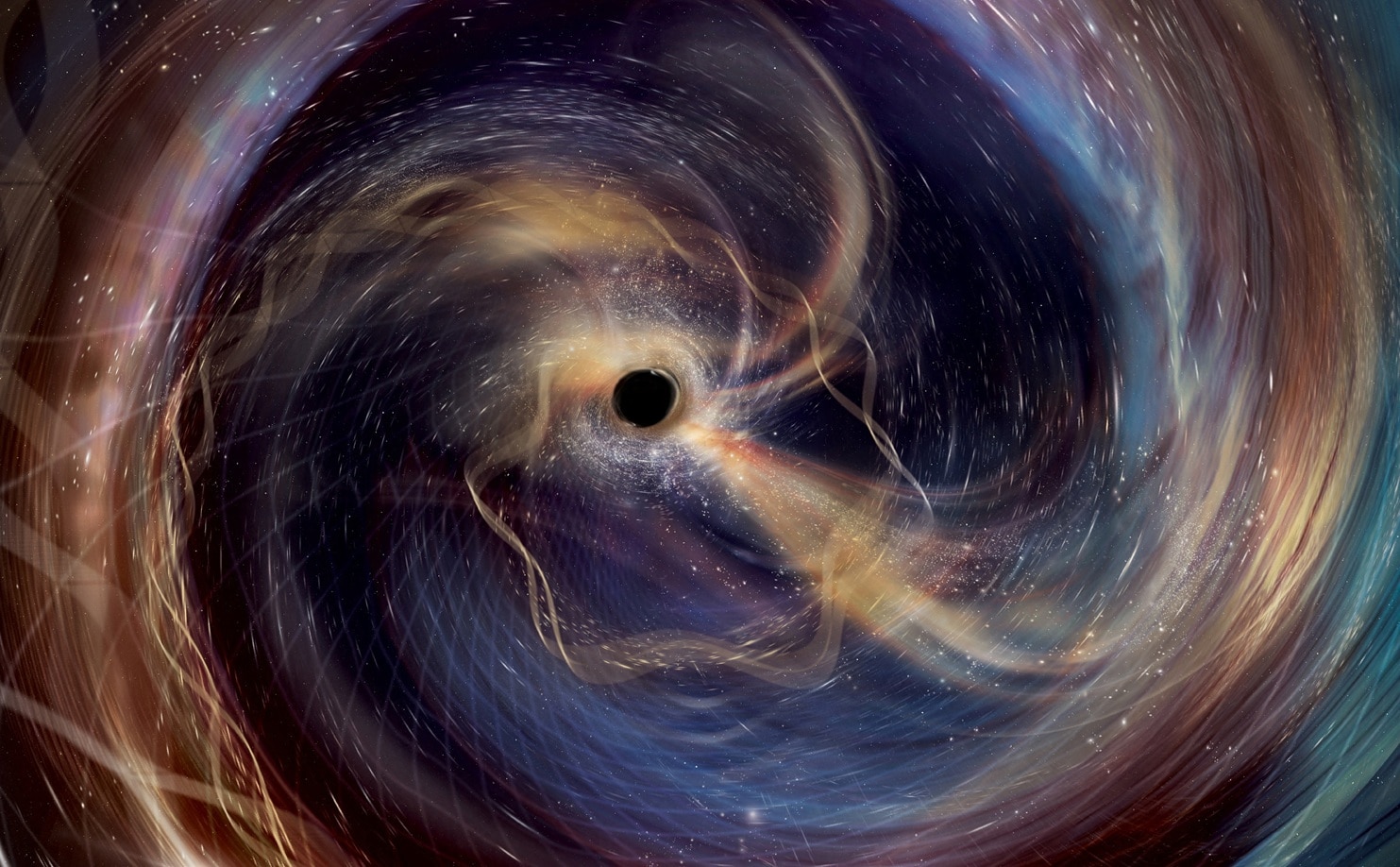The Shifting Sands
The history of science is marked by continuous evolution, with theories that once stood firm eventually yielding to new evidence. This constant state of flux
exemplifies the nature of scientific inquiry, where previous conceptions are regularly reevaluated and refined. One such example is the concept of spontaneous generation, where it was once believed that life could arise from non-living matter. This idea, widely accepted for centuries, was eventually refuted by experiments that demonstrated life originates from existing life forms. Another prevalent theory, the geocentric model, which posited Earth as the center of the universe, was a cornerstone of understanding for a long time. However, the heliocentric model, championed by figures like Copernicus and Galileo, offered a more accurate representation. The transition from believing that the universe revolved around the Earth to recognizing the Sun's central role represents a pivotal moment in scientific thought, underscoring the importance of challenging and refining existing models based on new findings.
Alchemy's Unfulfilled Promises
For centuries, alchemy dominated early scientific thought, promising the transmutation of base metals into gold. This ambitious pursuit, however, was eventually rendered incorrect as scientists developed a more comprehensive understanding of chemistry. Alchemy’s core premise was the idea of transforming elements, a concept ultimately unachievable through the methods employed. Another theory of alchemy was the belief in a universal solvent, a substance capable of dissolving all other substances. Despite numerous attempts to create such a solvent, this remained a purely theoretical notion. The eventual decline of alchemy was attributed to the rise of modern chemistry, which provided a more scientifically grounded and evidence-based approach to understanding matter and its properties. The transition was marked by a shift from mystic beliefs to empirical observations, leading to greater accuracy and predictive power in scientific endeavors.
The Ether's Absence
In the 19th century, scientists proposed the existence of the luminiferous ether, a hypothetical substance thought to permeate the universe and serve as the medium for light propagation. The concept of the ether was based on an analogy with sound waves, which require a medium (like air) to travel. Scientists believed that light, being a wave, must also have a medium to travel through. The Michelson-Morley experiment, conducted in the late 1880s, however, failed to detect the ether. This surprising result challenged the established notion, leading to the development of Einstein's theory of special relativity, which discarded the need for an ether. This experiment served as a pivotal moment in physics, showing that the speed of light is constant, regardless of the observer’s motion, and that space itself could act as the medium for light’s propagation. The disappearance of the ether highlights the importance of rigorous experimentation and the willingness to adjust theories in light of new evidence.
Phlogiston's Demise
The phlogiston theory attempted to explain the process of combustion. Proposed in the 17th century, the theory suggested that all flammable materials contained phlogiston, a substance released during burning. When a substance burned, it was believed to release phlogiston into the air, leaving behind the ash. The more a substance was combustible, the more phlogiston it was believed to possess. This model explained several observations, such as the increased weight of a metal when it rusts. However, the theory failed to account for the behavior of oxygen, which was later shown to be a necessary element for combustion. With the advent of Antoine Lavoisier's work in the late 18th century, the role of oxygen was revealed. Lavoisier demonstrated that combustion involved the combination of a substance with oxygen. This new model better explained the observations and proved the phlogiston theory incorrect. The transition from phlogiston to the oxygen-based theory of combustion demonstrated the scientific community's move toward accurate understanding.
Other Erroneous Ideas
Scientific history is replete with theories that underwent periods of acceptance before being discarded. The belief that the Earth was flat once dominated many cultures. The concept of a geocentric model, where the Earth was the universe's center, was another long-held belief that was ultimately superseded. Additionally, the idea that diseases were caused by miasma, or bad air, was a popular theory before the germ theory of disease emerged. The germ theory showed that microscopic organisms, not foul air, caused illnesses. Regarding anatomy, the theory of humors proposed that the body's health was determined by a balance of four bodily fluids. This theory, though influential for many years, has now been replaced by a more accurate understanding of human biology and disease. The history of science is characterized by constant revisions and the rejection of ideas that do not stand up to scrutiny. The evolution of scientific thought reflects society's continued quest for accurate knowledge.







